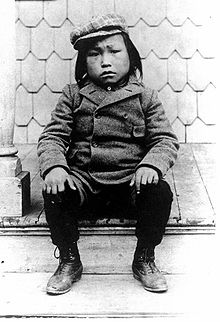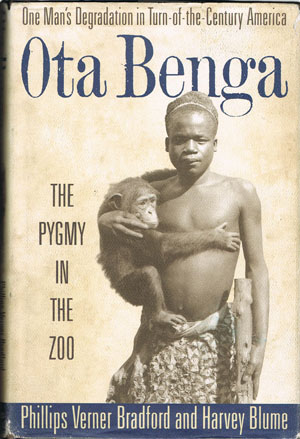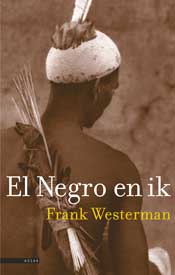The stories about exhibited human beings compete in cruelty; one of the rudest is the story of the young Inuit Minik Wallace.
Seven years old, he travelled with his family to New York, to be studied in the American Museum of Natural History. Not long after they arrived, some of the Inuit died of tuberculosis. Among them was Minik’s father. read more…




